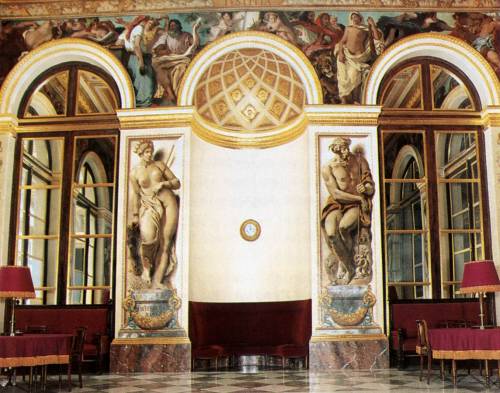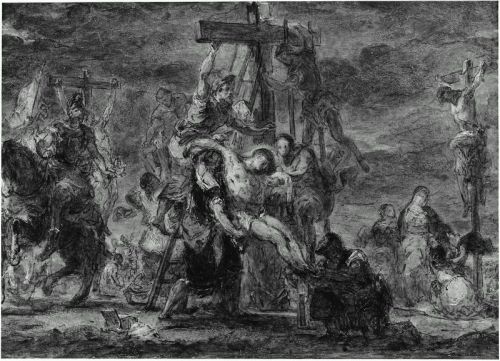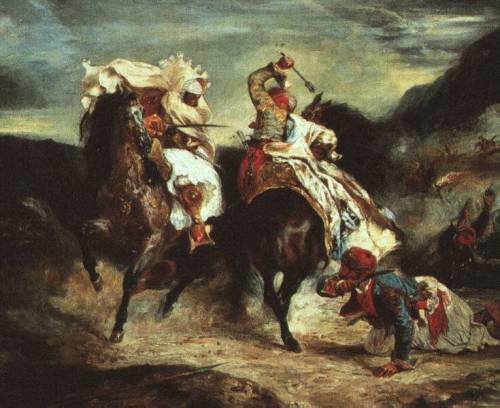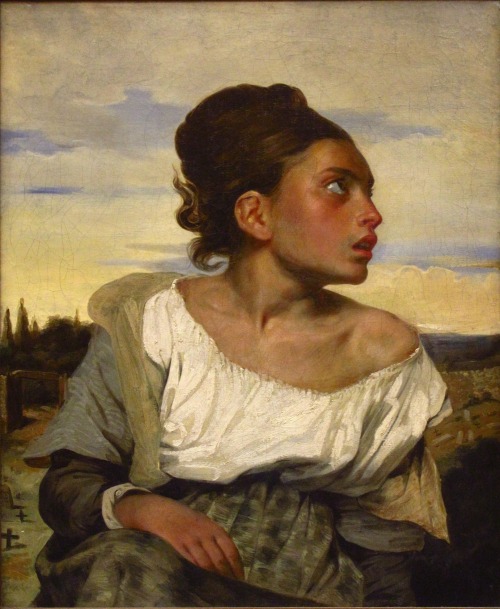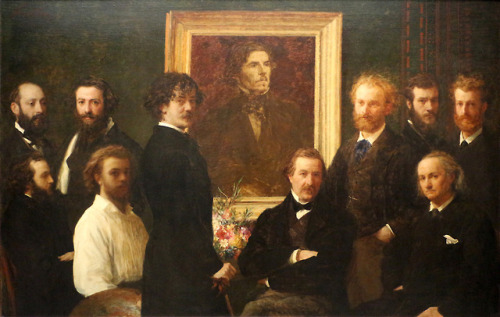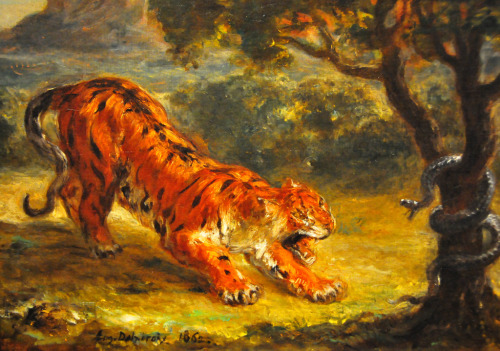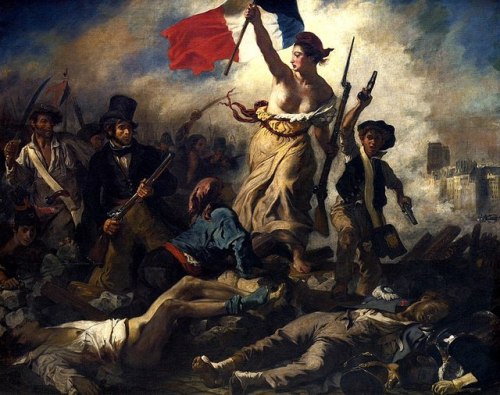#delacroix
Frescoes on the west wall (Salon du Roi, Palais Bourbon, Paris), 1837,Eugène Delacroix
Medium: oil,plaster
https://www.wikiart.org/en/eugene-delacroix/frescoes-on-the-west-wall-1837
Post link

Delacroix study
The Assassination of the Bishop of Liege, 1829,Eugène Delacroix
Medium: oil,canvashttps://www.wikiart.org/en/eugene-delacroix/the-assassination-of-the-bishop-of-liege-1829
Post link
The Summer Diana Surprised by Actaeon, 1863,Eugène Delacroix
Medium: oil,canvashttps://www.wikiart.org/en/eugene-delacroix/the-summer-diana-surprised-by-actaeon-1863
Post link
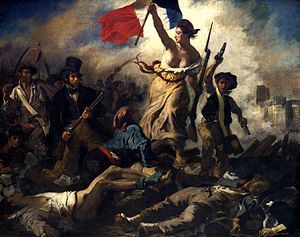
A woman has been arrested after defacing a painting by Eugène Delacroix at the Louvre satellite museum in Lens. The 28-year-old told police she had scrawled “AE911” with an indelible marker on the painting, Liberty Leading the People, to draw attention to an organisation that appears to believe the 9/11 attacks were a conspiracy…
Read more here: http://www.guardian.co.uk/artanddesign/2013/feb/08/delacroix-painting-defaced-louvre
A Liberdade Guiando o Povo, Eugène Delacroix, 1830.
A obra mais famosa do pintor Delacroix representa, alegoricamente, a liberdade ao fim da Revolução de Julho de 1830 (Les Trois Glorieuses) que pôs fim ao período da Restauração Francesa com queda de Carlos X. A figura central empunha a bandeira tricolor como símbolo da reconquista do orgulho da nação após a queda da monarquia e utiliza o barrete frígio (espécie de touca) que foi utilizada como marca da liberdade durante a Primeira República Francesa. O artista retrata o dia 28 de julho, dia em que os rebeldes, representados por estudantes, soldados e burgueses, romperam as barricadas e substituiram o monarca que estava no poder. O clima dramático da tela foi criado com o contratante entre as cores do céu e a das vestimentas dos soldados através da técnica do chiaroscuro e também da combinação dos detalhes do realismo com a emoção do romantismo.
Post link

